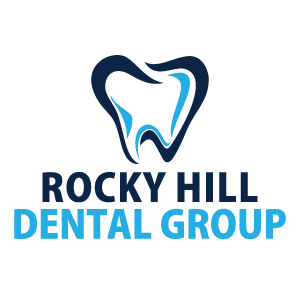Biopsies
If an abnormality in your mouth is discovered during a dental checkup, your dentist or dental hygienist may suggest performing an oral biopsy to find out the underlying cause.

If an abnormality in your mouth is discovered during a dental checkup, your dentist or dental hygienist may suggest performing an oral biopsy to find out more. This is a surgical operation in which a small amount of tissue is taken from the area in question to identify the source of the issue and whether it is malignant. The oral surgeon will take a sample from your gum, jaw, or tooth if the lesion is in your mouth’s bone or soft tissue.
Why do I need an oral biopsy?
The following reasons could contribute to why a dental professional might recommend an oral biopsy:
- Presence of lesions: Some lesions might make speaking or eating normally challenging. A biopsy can help your doctor understand what’s causing the lesion(s) and develop an appropriate diagnosis and treatment plan for you.
- Oral cancer: If your dentist or doctor has reasons to suspect oral cancer (which affects the head, neck, and mouth), a biopsy can be done to confirm a diagnosis. A biopsy can help establish the extent of oral cancer and its source if you have already been diagnosed.
Performing the biopsy
Oral surgeons diagnose and treat diseases and injuries of the mouth, face, neck, and jaw. A comprehensive examination of the neck and head will be conducted, as well as an oral biopsy, by your oral surgeon. An oral biopsy involves removing a tiny sample of suspicious tissue from the mouth and sending it to a lab to be examined for disease. A personalized treatment plan will be created based on the facts in the final report.
Several types of biopsies exist
Dentists and oral surgeons generally choose between two types of oral biopsies, incisional biopsies and excisional biopsies.
- Incisional biopsy is the first option. In this process, the dentist takes tissue from the lesion and another sample from the healthy gum or tooth region around it to compare the two.
- An excisional biopsy is the second technique in which the surgeon removes the whole lesion. Excisional biopsies are usually done on tiny growths in fairly easy-to-reach areas of the mouth. Excisional biopsy is a diagnostic technique that typically prevents the issue from spreading any further.
The tissue sample might be taken from the mouth region using various methods. A thorough exam and evaluation of the type of growth and its precise location are required to determine the best method. A needle must be inserted to extract a sample in certain biopsies. A tiny needle biopsy is one of the options accessible to the surgeon, where a needle attached to a syringe collects a cell sample from the affected tissue in the mouth. A core needle biopsy, on the other hand, utilizes a blade to extract a sample of the tissue in question.
